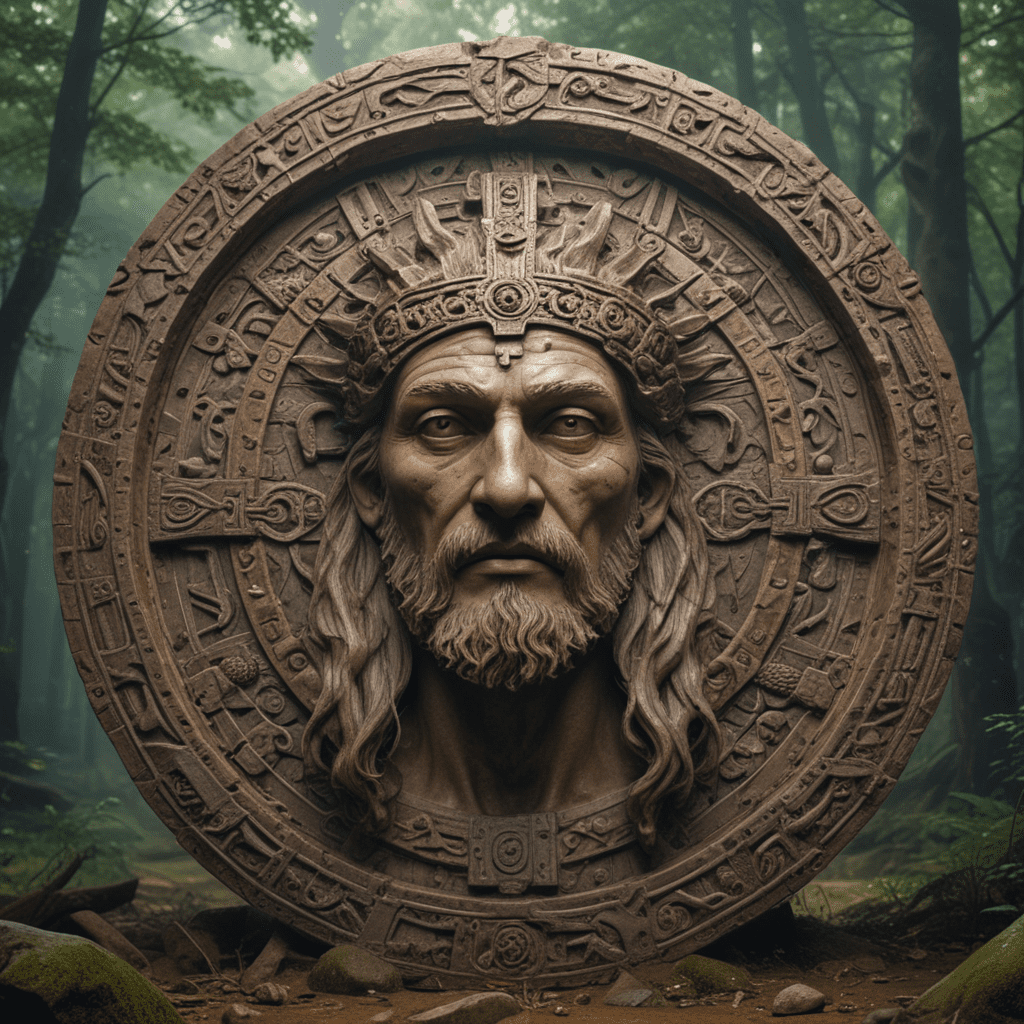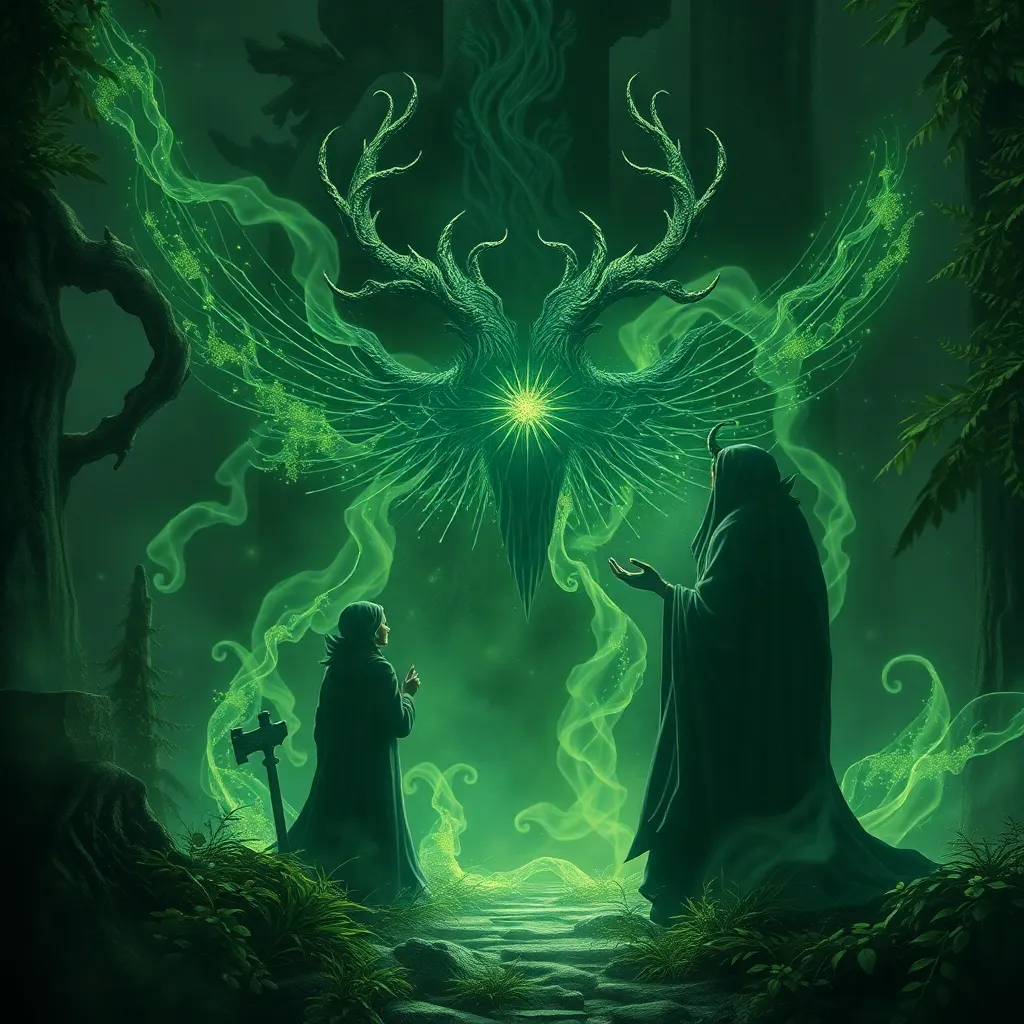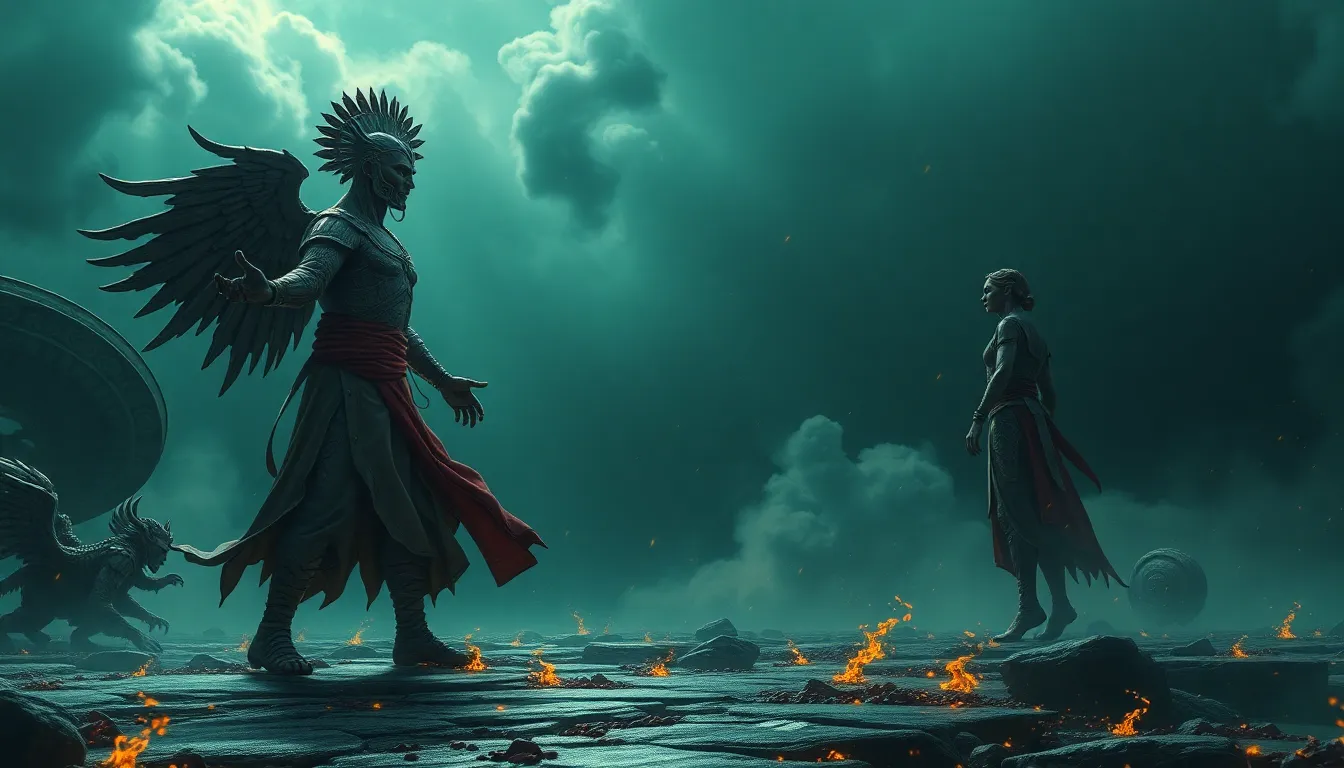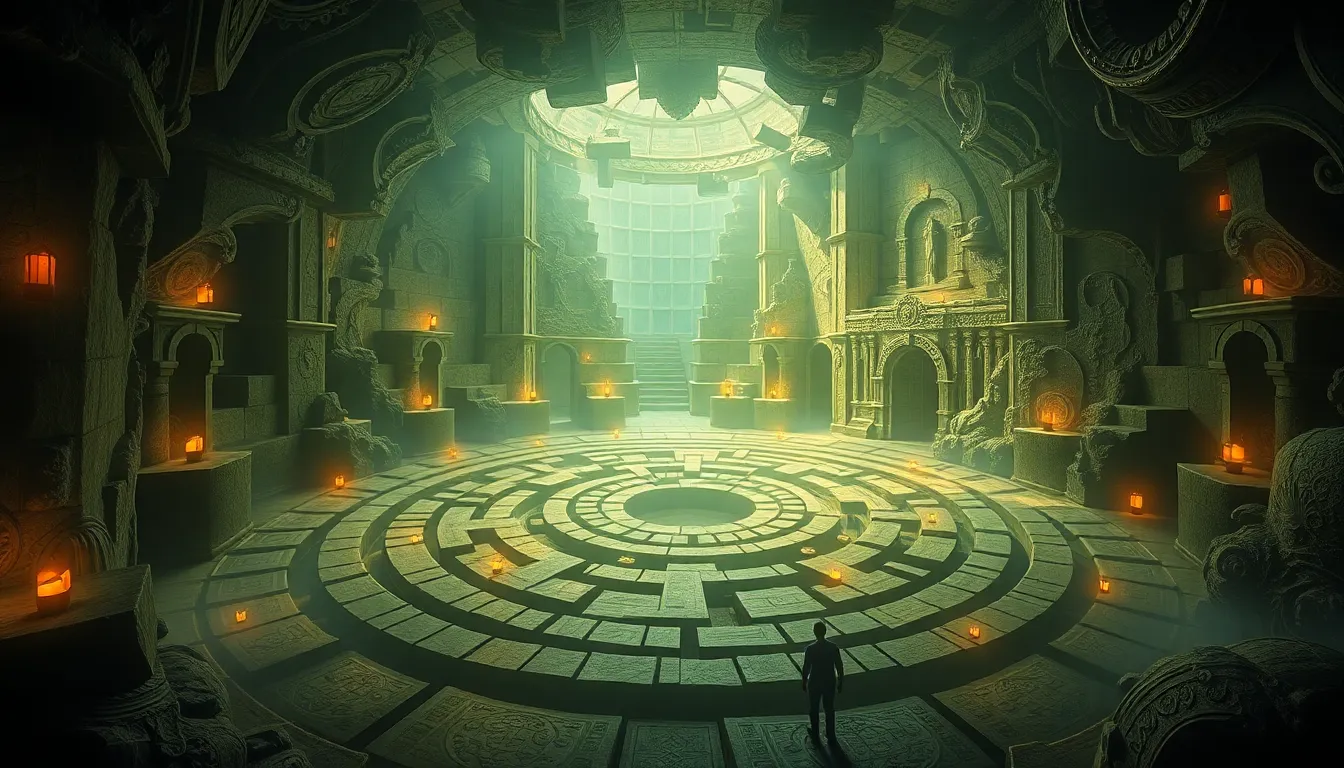I. Introduction: Unveiling the Secrets of Slavic Mythology
Slavic mythology, a captivating tapestry of ancient beliefs and legends, has intrigued scholars and enthusiasts for centuries. Archaeological discoveries have played a pivotal role in unraveling the secrets of this enigmatic realm, providing tangible evidence of the rituals, beliefs, and practices that shaped the lives of our Slavic ancestors. This exploration delves into the fascinating archaeological discoveries that have shed light on the rich mythology of the Slavs.
II. Early Archaeological Findings: Clues to Slavic Beliefs and Practices
The earliest archaeological findings related to Slavic mythology date back to the 6th and 7th centuries AD. Excavations of Slavic settlements have revealed a wealth of artifacts that provide insights into their spiritual beliefs and practices. These discoveries include idols and amulets depicting Slavic deities, such as Perun, the god of thunder, and Veles, the god of the underworld. The presence of these artifacts suggests that the Slavs had a well-developed pantheon of gods and goddesses.
III. The Role of Burial Sites: Excavating Rituals and Beliefs
Slavic burial sites have proven to be a particularly valuable source of information about their mythology. The way in which the dead were buried provides clues about their beliefs regarding the afterlife. Excavations of Slavic cemeteries have revealed a variety of burial practices, including cremation, inhumation, and the inclusion of grave goods. The presence of grave goods, such as weapons, jewelry, and food, suggests that the Slavs believed in a continuation of life after death.
IV. Artifacts and Symbols: Unraveling the Meaning of Slavic Mythology
Artifacts discovered in Slavic settlements and burial sites often bear symbols and motifs that hold significant mythological meaning. These symbols include the swastika, which represents the sun and the cycle of life and death, and the triskele, which symbolizes the three realms of the world: heaven, earth, and the underworld. The interpretation of these symbols provides valuable insights into the beliefs and worldview of the ancient Slavs.
V. Ritualistic Sites: Identifying Centers of Worship and Ceremonies
Archaeologists have also identified specific sites that were likely used for religious rituals and ceremonies. These sites include sacred groves, where the Slavs believed their deities resided, and hillforts, which may have served as defensive structures as well as centers of worship. The presence of these sites indicates that the Slavs had a complex system of religious practices and beliefs.
VI. Settlement Patterns: Insights into Slavic Community Life and Beliefs
Settlement patterns provide valuable insights into the social organization and beliefs of the Slavs. Archaeological excavations have revealed that Slavic communities typically consisted of small villages or hamlets, surrounded by agricultural land. The layout of these settlements, including the placement of houses and communal spaces, often reflects Slavic beliefs about the cosmos and the relationship between humans and the natural world.
VII. Linguistic Analysis: Connecting Archaeological Discoveries with Oral Traditions
Linguistic analysis plays a crucial role in bridging the gap between archaeological discoveries and the oral traditions that have preserved Slavic mythology. By comparing the names of Slavic deities, mythological creatures, and ritual practices found in archaeological contexts with those recorded in Slavic languages, scholars can establish connections between physical evidence and the rich tapestry of stories and legends that have been passed down through generations.
VIII. Comparative Mythology: Parallels and Influences across Slavic Cultures
Comparative mythology examines similarities and differences between Slavic mythology and the mythologies of other cultures. By comparing Slavic myths with those from neighboring regions, such as the Germanic, Baltic, and Finno-Ugric cultures, scholars can identify shared motifs, themes, and characters. This comparative approach helps uncover the influences that have shaped Slavic mythology and provides insights into the cultural exchanges that occurred throughout history.
IX. Contemporary Significance: The Legacy of Slavic Mythology in Modern Society
Slavic mythology continues to captivate and inspire people today. Its influence can be seen in various aspects of modern Slavic culture, including literature, art, music, and folklore. Contemporary artists and storytellers draw upon Slavic myths and legends to create new works that resonate with audiences both within and outside Slavic communities. The enduring legacy of Slavic mythology underscores its profound impact on the collective imagination of the Slavic people.
X. Conclusion: Reconstructing the Slavic Mythological Landscape
Archaeological discoveries have played a crucial role in reconstructing the rich and complex mythological landscape of the Slavs. Through the excavation of burial sites, ritualistic spaces, and artifacts, archaeologists have unearthed invaluable evidence that sheds light on the beliefs, practices, and worldview of our Slavic ancestors. By combining archaeological findings with linguistic analysis and comparative mythology, scholars continue to piece together the fragments of Slavic mythology, providing a deeper understanding of the cultural heritage and spiritual traditions of the Slavic people.
FAQ
Q: What are some of the most important Slavic deities?
A: Prominent Slavic deities include Perun (god of thunder), Veles (god of the underworld), and Svarog (god of fire and the sky).
Q: How did the Slavs practice their religion?
A: Slavic religious practices involved rituals, ceremonies, and offerings made at sacred sites, such as groves and hillforts.
Q: What are some of the symbols and motifs found in Slavic mythology?
A: Common symbols include the swastika (representing the sun and life cycle) and the triskele (symbolizing the three realms of heaven, earth, and the underworld).
Q: How has Slavic mythology influenced modern culture?
A: Slavic mythology continues to inspire artists, writers, and storytellers, influencing various aspects of modern Slavic culture, including literature, art, and folklore.



